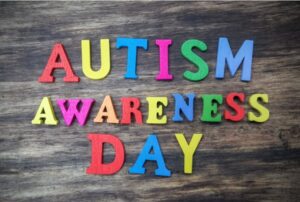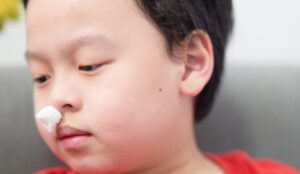Separation Anxiety Disorder (SAD) in children refers to excessive anxiety and fear when they are separated from their parents or caregivers. While separation anxiety is a normal developmental phase during early childhood, it may develop into a disorder when the anxiety becomes extreme and lasts for an extended period. This condition can not only disrupt the child’s daily life but also place significant stress on family dynamics.
What Are The Common Symptoms?
Children with Separation Anxiety Disorder often exhibit the following symptoms:
- Intense Fear of Separation: The child may show extreme fear when separating from parents, refuse to go to school or participate in activities, or even avoid brief separations at home.
- Physical Discomfort: Anticipating separation, the child may experience headaches, stomachaches, nausea, or other physical symptoms not caused by an underlying illness but by psychological stress.
- Excessive Worry: The child may express constant concern about the safety of their parents, fearing that something bad will happen to them.
- Difficulty Sleeping: The child might refuse to sleep alone or frequently wake up at night to seek their parents’ presence.
- Emotional Instability: During separations, the child may display emotional outbursts, including crying, anger, or anxiety.
Why Does Separation Anxiety Disorder Occur?
Several factors contribute to the development of Separation Anxiety Disorder, including genetic, environmental, and psychological elements:
- Genetic Factors: If there is a family history of anxiety or mood disorders, the child may be more prone to developing separation anxiety.
- Environmental Factors: Major life changes such as parental divorce, moving to a new home, or the death of a loved one can trigger separation anxiety in children.
- Personality Traits: Some children are naturally more sensitive and dependent, making them more likely to experience anxiety during separation.
- Overprotective Parenting: When parents are overly protective or restrict a child’s independence, it can lead to a lack of self-confidence, making the child more anxious in separation situations.
How Can Parents Help Children Cope with Separation Anxiety Disorder?
Parents and educators can employ the following strategies to help children manage Separation Anxiety Disorder:
- Gradual Separation: Start with short separations and slowly increase the duration, allowing the child to get used to being apart from their parents.
- Create Positive Associations: Encourage the child to associate separation with positive experiences, such as school being a place to play with friends or after-school activities being fun and fulfilling.
- Maintain Consistent Routines: Establish regular schedules for separation and reunification, so the child knows when to expect their parents' return, reducing feelings of insecurity.
- Encourage Confidence and Independence: Foster the child’s independence and self-esteem by involving them in family decisions or giving them simple tasks to complete.
- Seek Professional Help: If the child’s anxiety severely impacts their daily life, it’s advisable to consult a psychologist or child mental health professional. Behavioral therapy and Cognitive Behavioral Therapy (CBT) have proven to be effective treatments for many children with Separation Anxiety Disorder.
Conclusion
Separation Anxiety Disorder is a common psychological issue in children, and parents should be patient and understanding when helping their child cope with anxiety. Through proper guidance, support, and professional treatment if needed, most children can overcome separation anxiety and continue to grow healthily. Understanding and love are key to helping children navigate and overcome anxiety.
References
- American Psychological Association. Separation Anxiety in Children.
- National Institute of Mental Health. Anxiety Disorders in Children.
- Child Mind Institute. Separation Anxiety Disorder.
- Mayo Clinic. Separation Anxiety Disorder.
- National Association of School Psychologists. Helping Children with Separation Anxiety.













